Danish music is something that is always evolving, but to truly understand Danish music you must first learn a little about its roots to better understand how it got to where it is today. Danish music has a very wide range of different folk traditions along with creating some pop stars along the way and a host of different performers in almost every genre that you can imagine. This is why Danish music is one of the most popular as it showcases such a wide variety of choices for everyone to listen to.
What kind of music is popular in Denmark
Anders Koppel is a current Danish composer while Carl Nielsen was a internationally known composer from Denmark who made his mark in Danish music. He is widely admired for the six symphonies and many other accomplishments as well. There are many different forms of Danish music that are associated with Denmark and one of those is Light Classical.

Jazzy songs as Danish music type
Many Danish films use classical pieces from Denmark music that the world would recognize once they heard them. Jazz is also popular in Danish music. Valdemar Eiberg formed the first jazz orchestra in 1923 in Denmark and recorded his music, which many people think was the first known records of Danish music. During the 1930's Jazz music really became popular and that is still the case today among the Denmark music loving population.
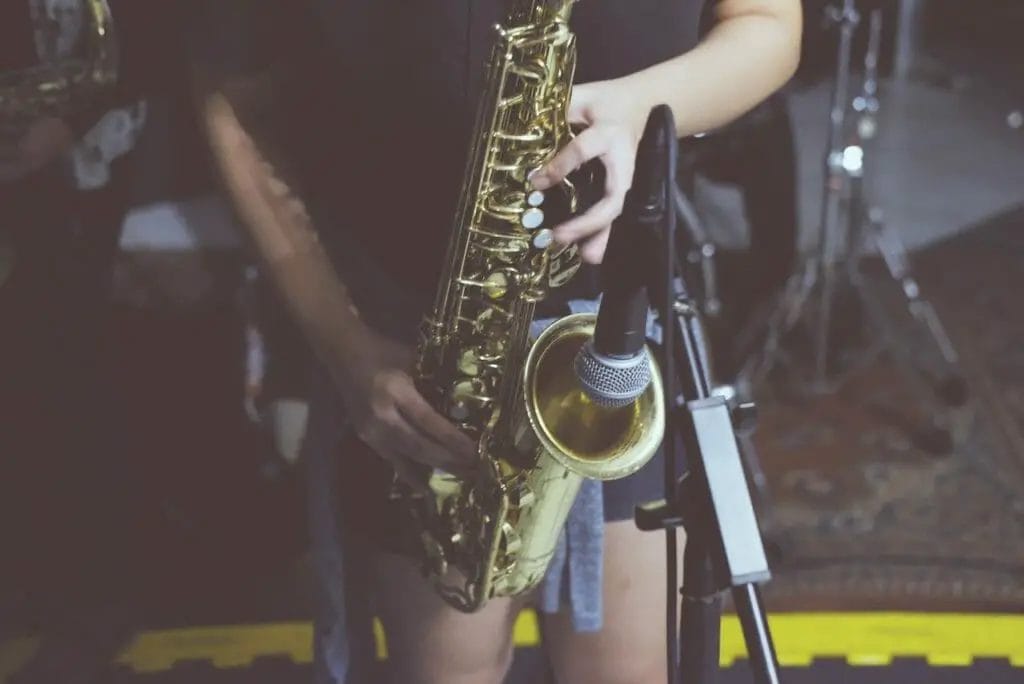
Danish music and its rock bands
Danish music has a rock tone to it as well. Most people may not associate Denmark with Rock bands, but the truth is it is one of the more popular music styles in Denmark. Many bands have come from this country and seen great success. They may not be household names in the United States or the world, but in the Denmark music scene they are extremely popular. Another Danish music genre that is immensely popular all over the country is pop music. The Danish band Aqua had the biggest splash in and outside of Denmark music and even though the vocalist is Norwegian that has not slowed their success one bit.
Danish Folk music
Folk music has long been a tradition in Denmark music and it has been passed down through the ages and continues today.
Most folk music in Denmark is dominated by the fiddle and the accordion. Many different singers and bands still play folk music today in the country as it is always in demand in the Denmark music scene. Underground music is also something that has also taken off in the Denmark music area recently. For the most part Danish music comes in all varieties and tastes so you are bound to find something that you will enjoy.
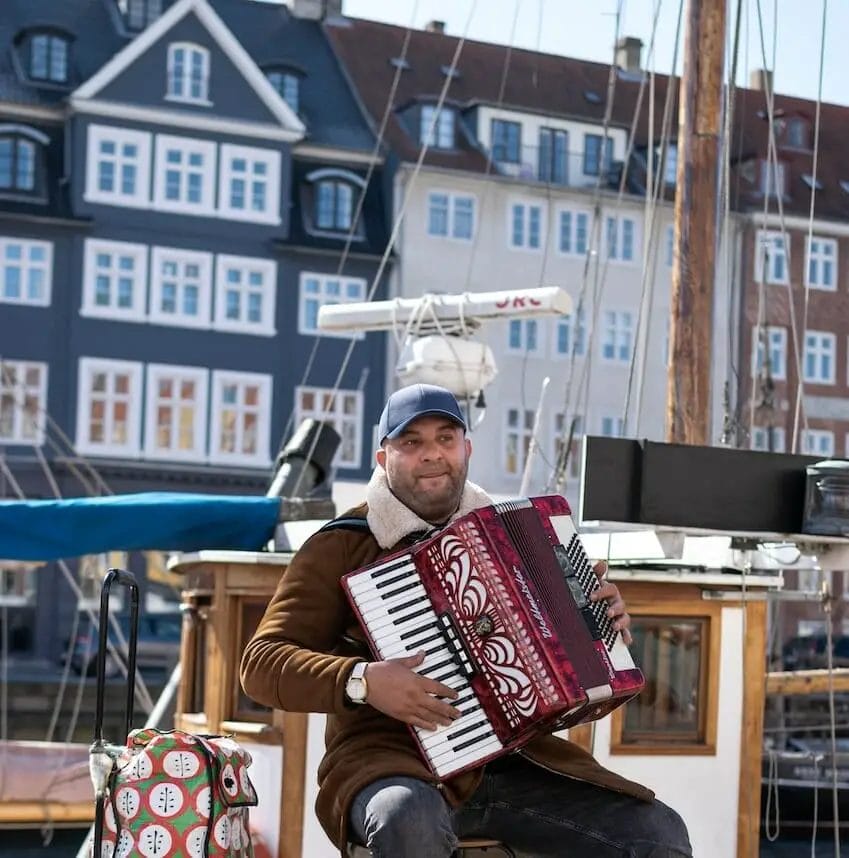
Danish Folkdance: Dancing with the Masses
Denmark has its distinctive folkdance identified with the masses long before the pols or polska from Poland and the minuet from France were introduced in the country. It did not have a specific name but the farmers and others belonging to the lower economic class enjoyed it and developed variants as the nobles were busy dancing the minuet. It is believed to have started sometime in 1780 to 1880.
A danish music and dance tradition
While the most predominant forms of folkdancing were the four-pair dances and ring dances, there were many other variants including the 1, 2, 3 or 8-pair dances as well as the row dances.
Folkdancing was almost forgotten if not for the efforts by some to learn the original from those who have actually experienced dancing it.
Today, it is the local dance groups that are continuing a tradition started by these people who entertained themselves with such dancing.
Folkdance History
Folkdancing was initially limited in farmhouses during special gatherings. Musical performances were also quite limited and were often done in places where officially appointed town musicians played their music.
The fiddle became the primary choice for playing dance music and fiddlers for a time enjoyed a special status among the people for providing entertainment in family gatherings, church activities, and local festivities.
Dancing the folkdance is made more authentic by the clothes worn. The clothes resemble the Sunday best of the masses. There is great care and pride behind the clothes worn since it has been traditional to embroider every part of the whole costume from the bonnet to the socks.
It is interesting to note that there are currently more than 12,000 folk dancers belonging to 219 local clubs where the tradition is continued through music, dancing, and dressmaking courses.

Spillemandsmusik: Traditional Danish Music
Each country has its own traditional music to speak of. Even in the case of those who have been under other countries and have therefore been subject to much influence, a distinct form of music will still arise. Traditional Danish music traces its roots to pre-modern Denmark.
The Spillemandsmusik as part of the Danish Culture
In every town of Denmark, there was at least one or two musicians called the spillemand whose presence is a given in every dance, procession or important ritual.
There was a time that traditional music was almost eradicated by continued urbanization. The advent of classical music succeeded in confining traditional music to the rural areas.
Fortunately, traditional Danish music is now being revived and appreciated for its contribution to Danish culture.

Traditional Danish Music Collection
The earliest and most important collection of traditional Danish music is credited to Rasmus Storm. Storm was a Danish fiddler and dancing master. It is not known where and how he learned the tunes except that he began his compliation at about the year 1760.
This priceless collection known as Rasmus Storm's Notebook is under the care of the Danish Ethnological Collection.
Other names have since come up in relation to Danish folk melodies. Some of these are Danish literary historian and ethnographer Svend Grundtvig; Danish composer, organist, and pedagogue Andreas Peter Berggreen; and Danish folklore collector and author Evald Tang Kristensen.
It was only during the early part 20th century that collecting traditional Danish music was seriously endeavored. This has ensured the continued existence of spillemandsmusik for the younger generation to experience.
How Denmark's Monarchy Influenced Its Music
Monarchs wield considerable influence in the places where they rule. It is not quite common however to think of such influence in the context of music. In Denmark, its monarchy had a big role in the evolution of its music.
Christian's family reign
Christian I was known to have engaged a permanent corp of trumpeters when he was crowned in 1448. Soon after, corps of court singers and instrumental ensembles were in place. During the reign of Christian III, the chapel royal was using a combination of works from Italian, German, French, and Dutch masters.
One of Denmark's most renowned composers, Mogens Pedersøn, was among the beneficiaries of Christian IV's solid financial support for training local musicians as well as bringing the foreign music masters into Denmark. Pedersøn was taught by Giovanni Gabrieli in Venice, who was one of the most influential musicians during that time.
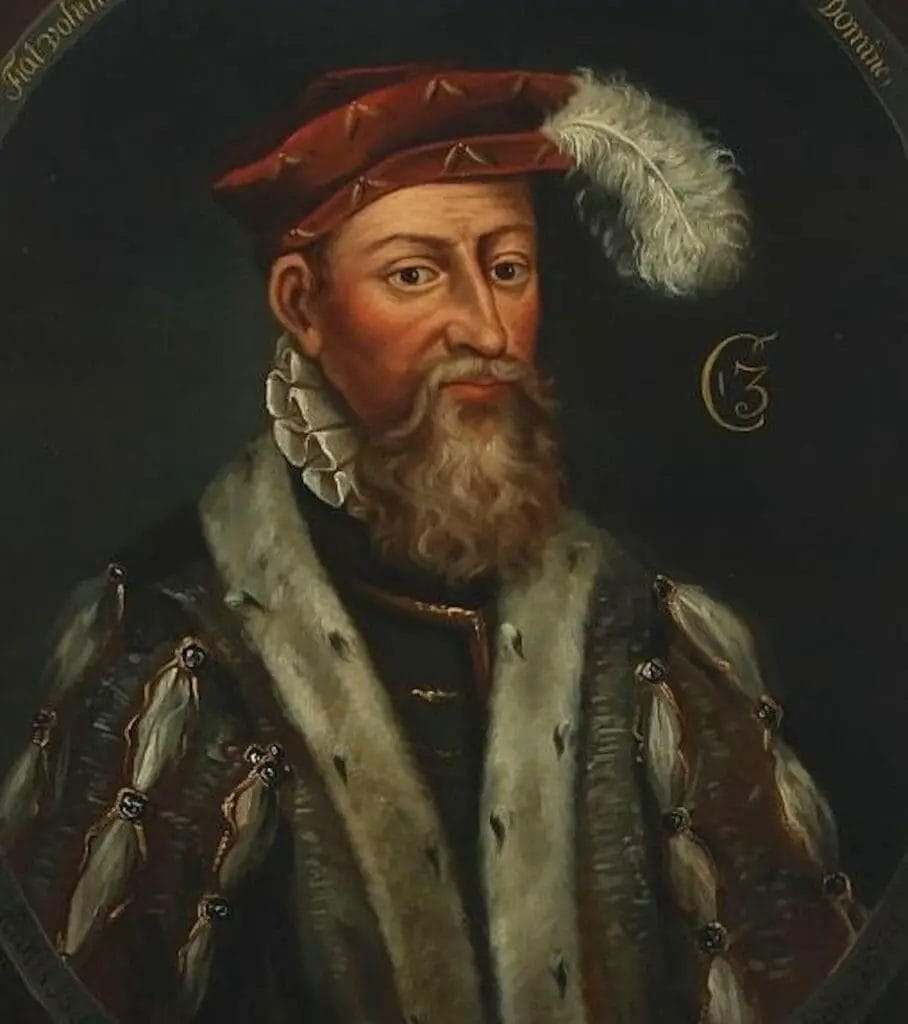
Danish Music for Theatre
At the time of Frederik III and Christian V, music for theatre rose to popularity primarily through lavish court ballet performances as directly influenced by Louis XIV of France. The interest in opera also rose during this time. Although the interest in it waned for some time after the theatre was gutted by fire, it was another monarch, Frederik IV who caused the building of a new opera house in Copenhagen. Clearly, the efforts of these monarchs in creating interest in music is not lost even to this day.
Music at the Heart of Danish Life
From the so-called golden age of Danish music during the 19th century up to this age of electronic music, the Danes have exhibited their unending love for music albeit in different forms. Music has always been an important component of daily life of people in Denmark. The hundreds of amateur choirs found all over the country singing traditional and folk music is a significant proof of that.
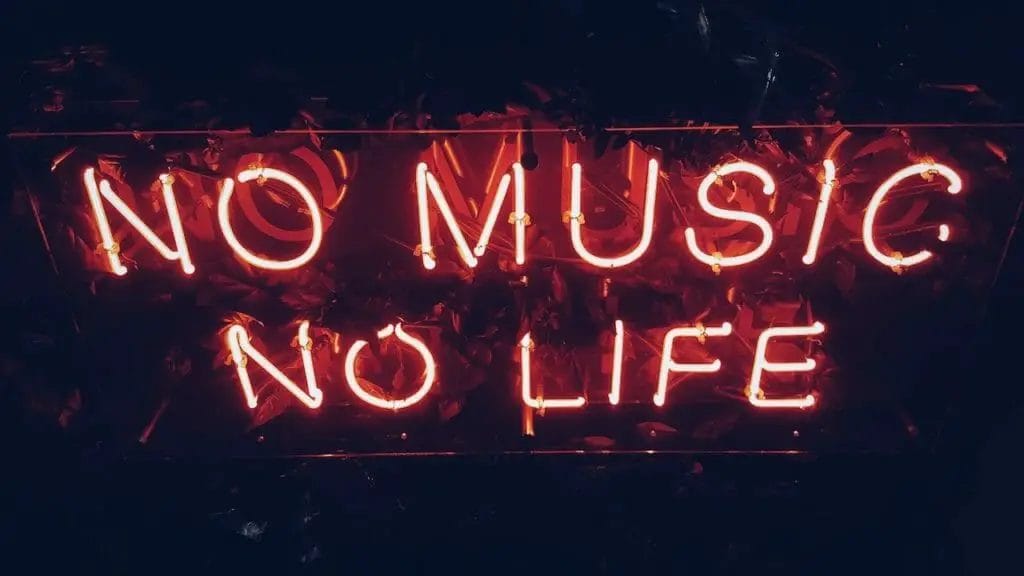
Emmelie de Forest: Danish Singer-Songwriter
This Danish singer-songwriter has the long birth-name Emmelie Charlotte-Victoria de Forest but gladly answers to the shorter version Emmelie de Forest or simply Emmelie. She recently came into the limelight after winning the Eurovision Song Contest 2013 for Denmark. Her debut album under the Universal Music label has been taken from the winning song “Only Teardrops”.
Emmelie de Forest Biography
Born in 1993 at Mariager, Denmark, Emmelie has been singing since she was nine years old together with her mother in a gospel choir. She also did the rounds of music festivals while doing shows in small venues. Her very first album collaboration with a Scottish folk musician reportedly sold only 100 copies. Eventually, she embarked on a solo singing career but only after studying at the Complete Vocal Institute.
Emmelie has an interesting personal claim about her ancestry. She believed that her Swedish father descended from an illegitimate child of Edward VII, which if true will make her a great granddaughter of Queen Victoria. Though her claims remain unconfirmed, this has not stopped the promoters of the national contest from using it to create an interesting personal interest story in one of its contestants in the person of Emmelie. Her winning has certainly opened up a dream world that can follow in the likes of success stories of previous Eurovision Song Contest winners.

The Eurovision Song Contest
It can be said that her most major accomplishment so far is winning in the Eurovision Song Contest. Before being able to participate in the said contest, she had to compete with nine other acts in the Dansk Melodi Grand Prix and win. After winning the national selection, she went on to represent her country Denmark.
For the little story – Danish Edison as the Creator of Jensen Loudspeakers
The loudspeaker will always have a connection with Denmark courtesy of Danish inventor Peter L. Jensen. Although Jensen developed his invention when he was already living in America, this does not negate the fact that the loudspeaker was developed by a Dane. From its original use for public address systems, Jensen speakers eventually became an important component for amplifying the sound of musical instruments.
The Jensen Loudspeakers History
Starting in the mid 1940s up to the 1960s, major amplifier companies used Jensen musical instrument speakers because of their impressive tone. Unfortunately, production was discontinued during the later part of 1960s only to be continued under a licensing agreement with an Italian speaker manufacturer during the 1990s. The Jensen speakers being produced today are being made according to the original design of its inventor.
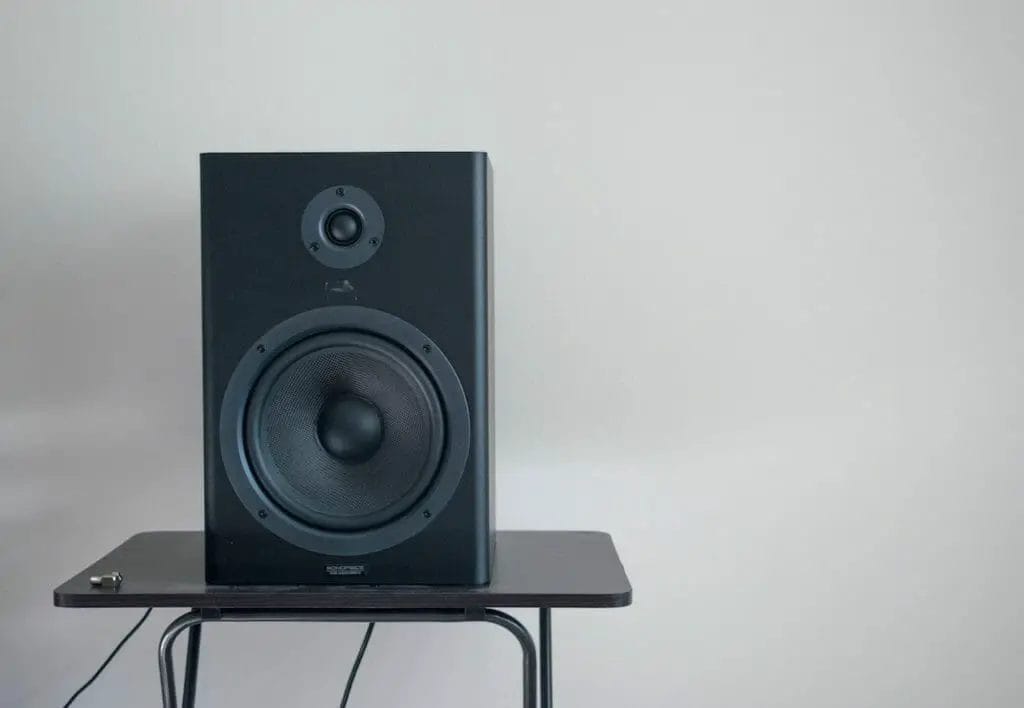
Peter Jensen, renowned Great Inventor
Danish Edison – that is how Peter Jensen is often referred to in obvious comparison with the famous inventor Thomas Edison. The rise to fame of his creation which he did with his business partner Edwin Pridham started when it was showcased in a large Christmas show in San Francisco. In that event, popular Christmas carols were heard by an audience of about 75,000 people through the use of a single speaker which they called the Magnavox.
The speech made by President Woodrow Wilson in 1919 in San Diego was done using two Magnavox speakers. Jensen did not get rich with his invention. He was recognized however by both Denmark and the US for his contribution. His greatest regret about his invention was its use as propaganda machines by Hitler and other dictators.
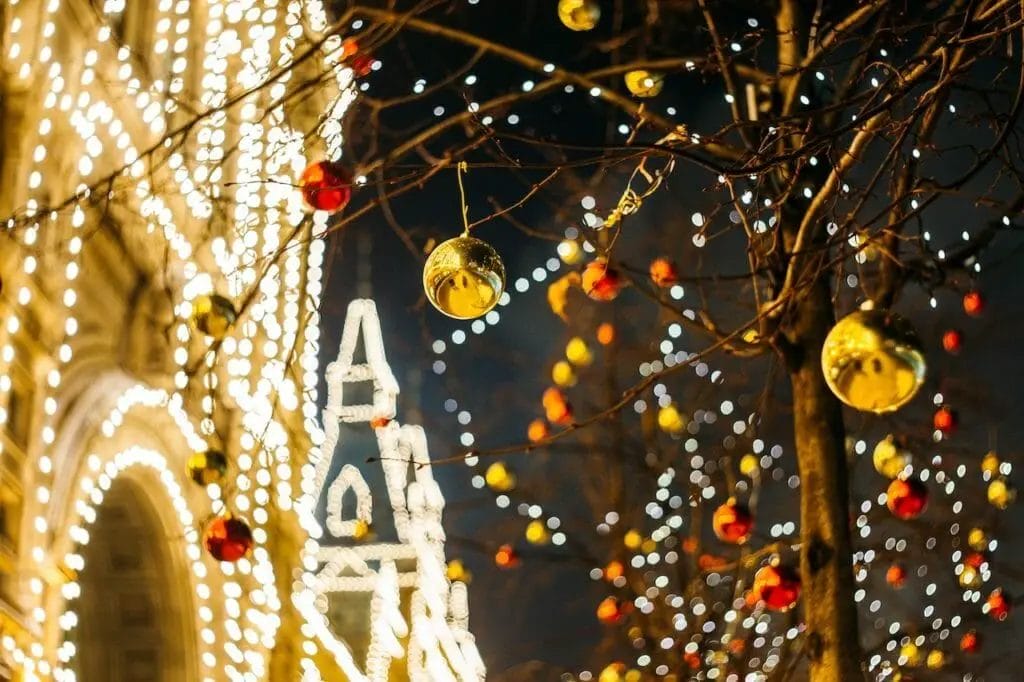
Conclusion to the Danish music
Most people will tell you that Denmark music is some of the finest in the world and the variety lends itself to that as well. If you ever travel to Denmark be prepared to hear a wide variety of music so you should be able to find something that you like without any problems at all.

I am an American with Danish Ancestry. Every Christmas eve we sing Christmas Carols around the tree. My question revolves around the last song that we sing each year. The song I believe is called Riss Ross. The only words to the song I know are “Riss Ross Rum pum pum (Spellings may be wrong). The elders in my family believe that it is a Danish military march. Is there anyone who can help me find this song.
Hi Joe, is that it > https://youtu.be/R6vGGKchcdQ